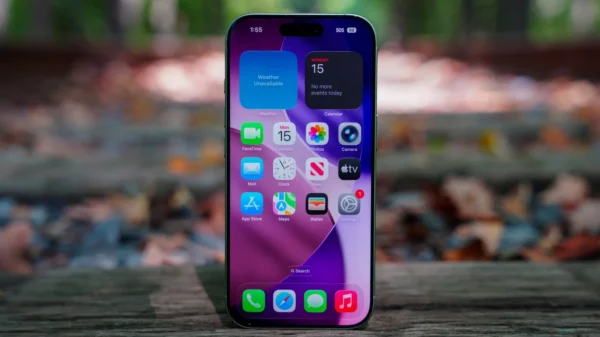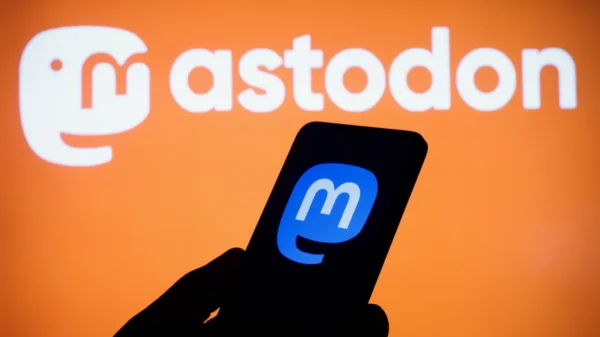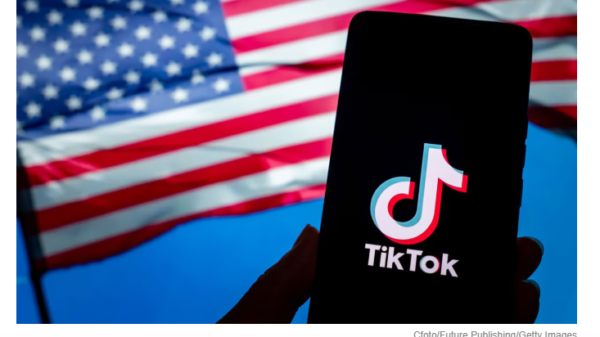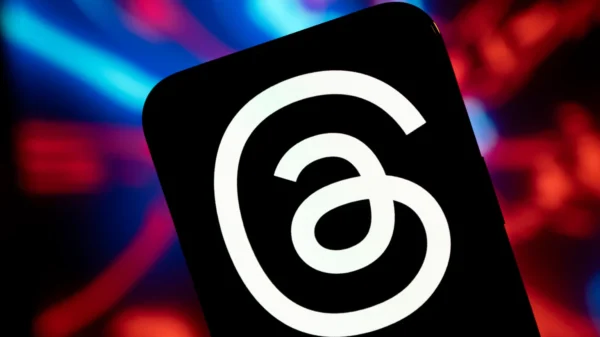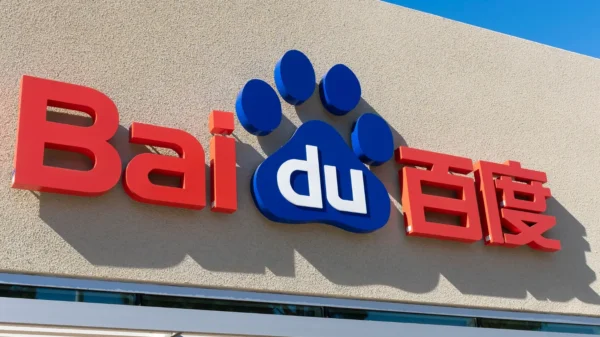The hotly-anticipated Nintendo Switch was released worldwide today, and with it comes the day-one software patch that adds much of the console’s core functionality. Long-time fans of Nintendo will be displeased to hear that the system of Friend Codes, in which users input a sixteen-digit alphanumeric code generated by their friends’ consoles in order to connect and play online, has returned.
Friend Codes have been a staple of Nintendo’s online strategy since they were first implemented on the Nintendo DS in 2005, and have long symbolized the company’s antiquated approach to offering online services. Ostensibly, they were introduced in order to protect the safety of younger users of the console, as under the friend code system, users are only able to add friends that they met offline. However, many gamers find the system unnecessarily intrusive and obtuse and are discouraged from playing online with their friends as a result.
Over the years, Nintendo has attempted to streamline the process somewhat but has never fully abandoned the Friend Code system. The Nintendo DS generated a separate Friend Code for each game and was incapable of sharing friends lists between games, meaning that users would have to share separate codes for each game they wished to play together. The Wii, released in 2007, implemented a system-wide friends list and Friend Code system, but still required users to input different codes for each game. Nintendo’s 3DS made the process slightly more intuitive by only requiring one Friend Code per console, regardless of how many games the user played, and the Wii U introduced Miiverse, a social-media network which functioned as an alternative, albeit less robust method of connecting with others.
Nintendo continues the tradition of making their online presence marginally more intuitive with the Switch. Although the console still uses friend codes, it’s not the only means of adding friends, as users can also search for other Nintendo Switch devices in their area or add players they’ve previously played with as friends. Additionally, on the Switch, only one user has to input their friend’s Friend Code, whereas on previous consoles the processes were mutually required.
That being said, many early adopters are sure to be dismayed by the hoops they have to jump through to connect with friends. Competing consoles, the Xbox One and the Playstation 4, allow users to add friends simply by inputting their usernames. The fact that the Switch allows users to claim a unique Nintendo Account User ID previously seemed to suggest that the Switch’s process of connecting with friends would operate in a similar manner, but yesterday’s update disproved that theory.
Furthermore, the update revealed that users are limited to adding up to 300 friends; while this limit should be plenty for most gamers, many were disappointed by the seemingly arbitrary limitation.
Some signs indicate that Nintendo is rethinking their online strategy, however. When the console was detailed during a live-stream event last year, Nintendo announced a smartphone companion app to their online services, which could make connecting with friends easier. And in an e-mail to TIME, Nintendo mentioned that they were planning to allow users to connect with friends by linking with their social media accounts.
In addition to revealing the inclusion of the Friend Code system, the update also introduced Nintendo’s eShop to the Switch. As of the time of this writing, the eShop, which allows users to buy and download games, is relatively bare-bones. Although the eShops of previous Nintendo consoles included whimsical features such as Easter Eggs and background music, it seems that Nintendo is going for a more minimalistic approach with the Switch, matching the console’s more subdued hardware design.
Featured image via Wikimedia









